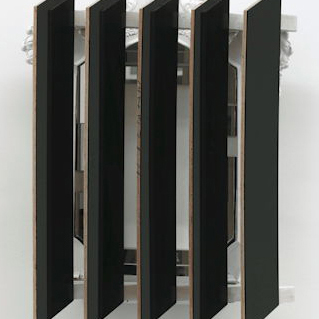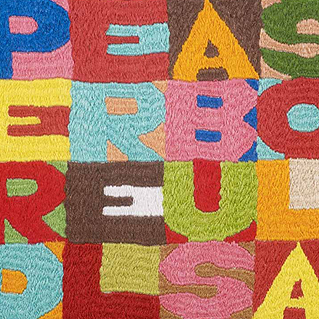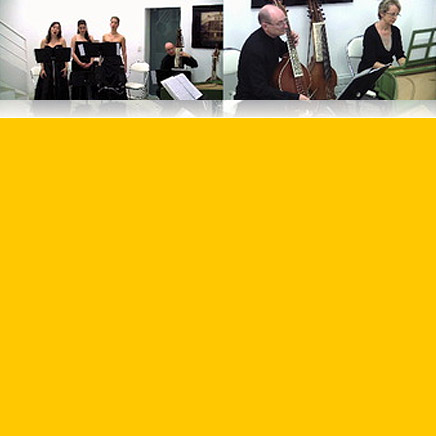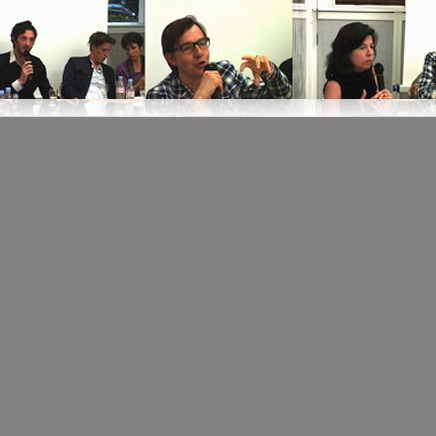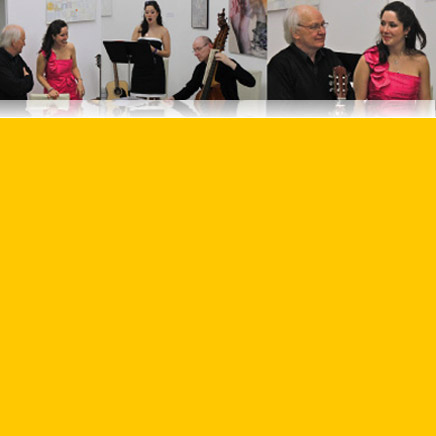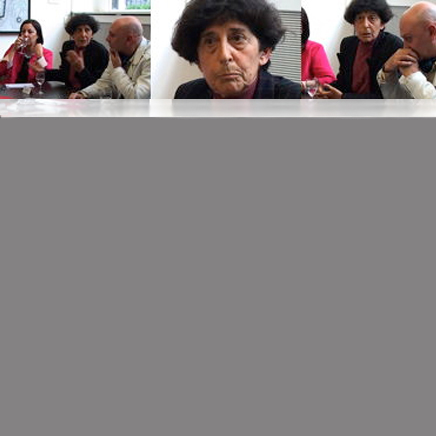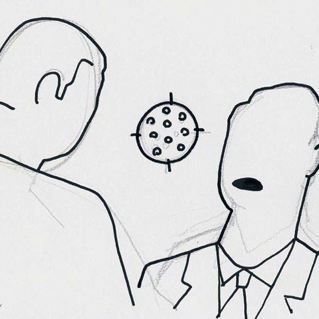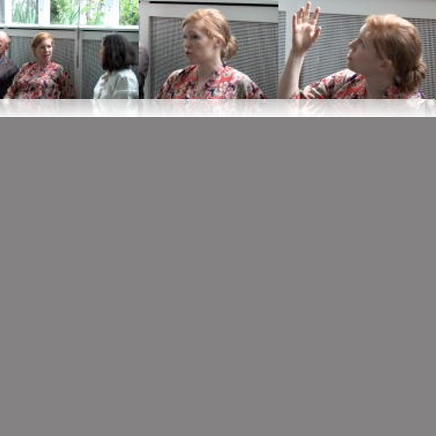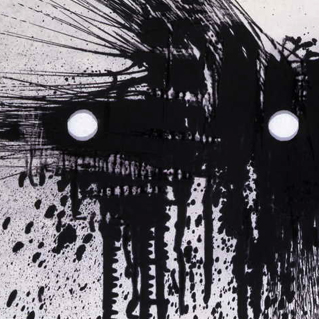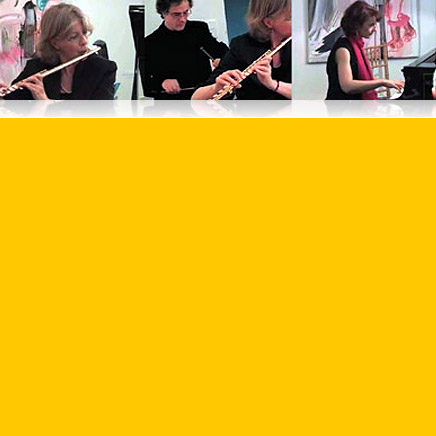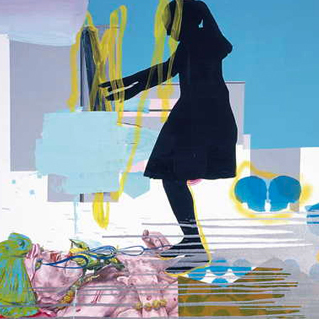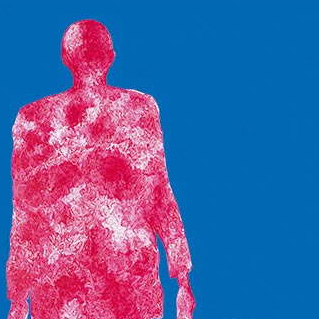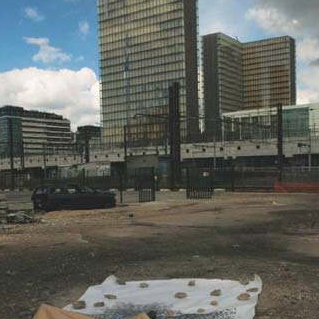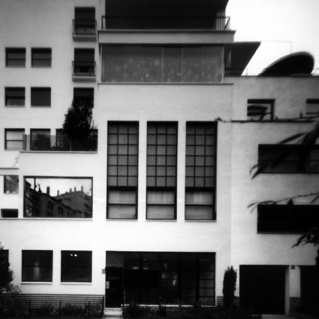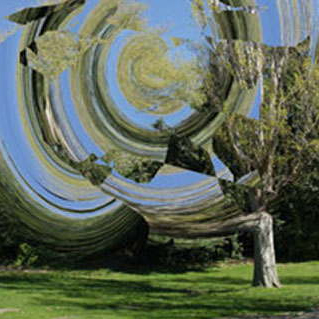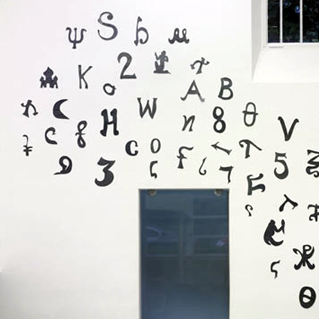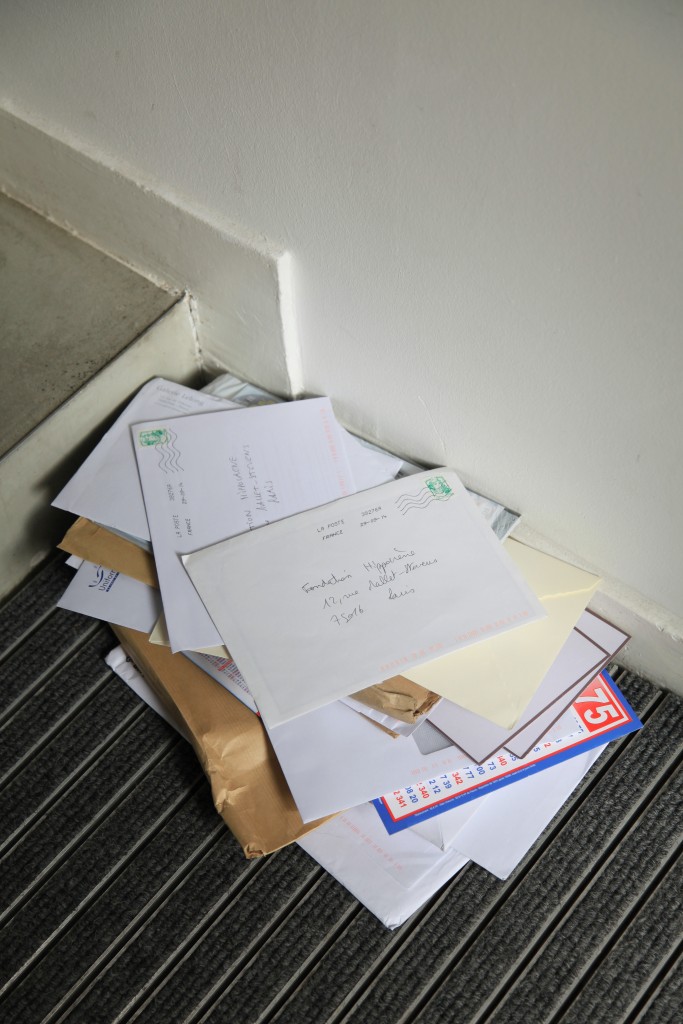
Nina Beier & Marie Lund, All the Best, 2008. Photo : Aurélie Cenno.
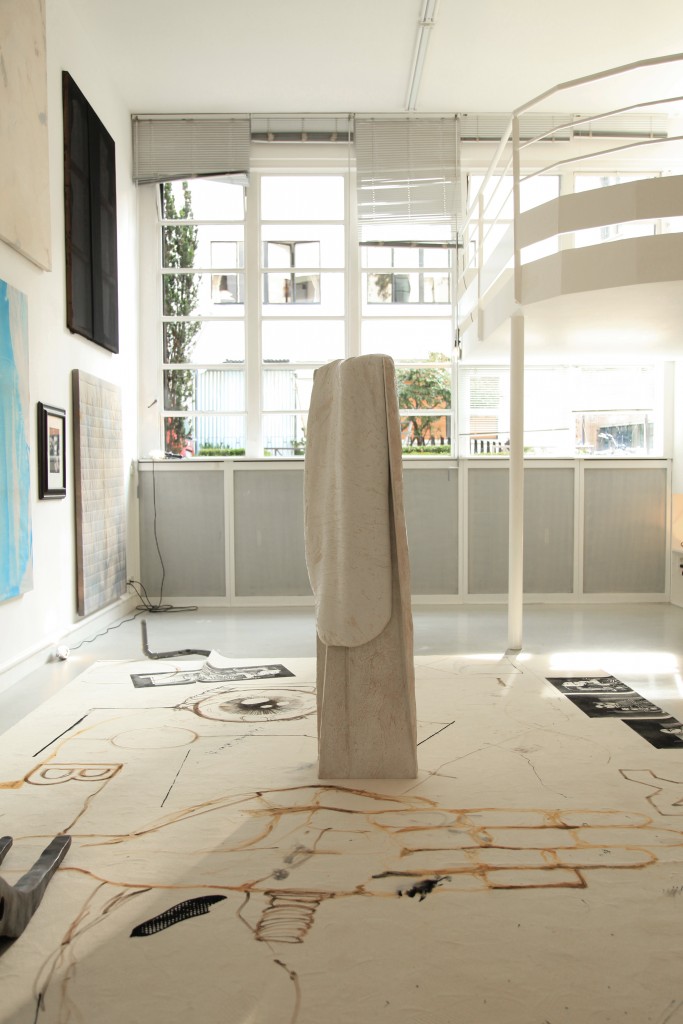
Vue de l'exposition Propos d'Europe 13, Le musée d'une nuit (script for leaving traces) Fondation Hippocrène, du 3 octobre au 20 décembre 2014 Photo : Aurélie Cenno Courtesy Fondation Hippocrène

Vue de l'exposition Propos d'Europe 13, Le musée d'une nuit (script for leaving traces) Fondation Hippocrène, du 3 octobre au 20 décembre 2014 Photo : Aurélie Cenno Courtesy Fondation Hippocrène.
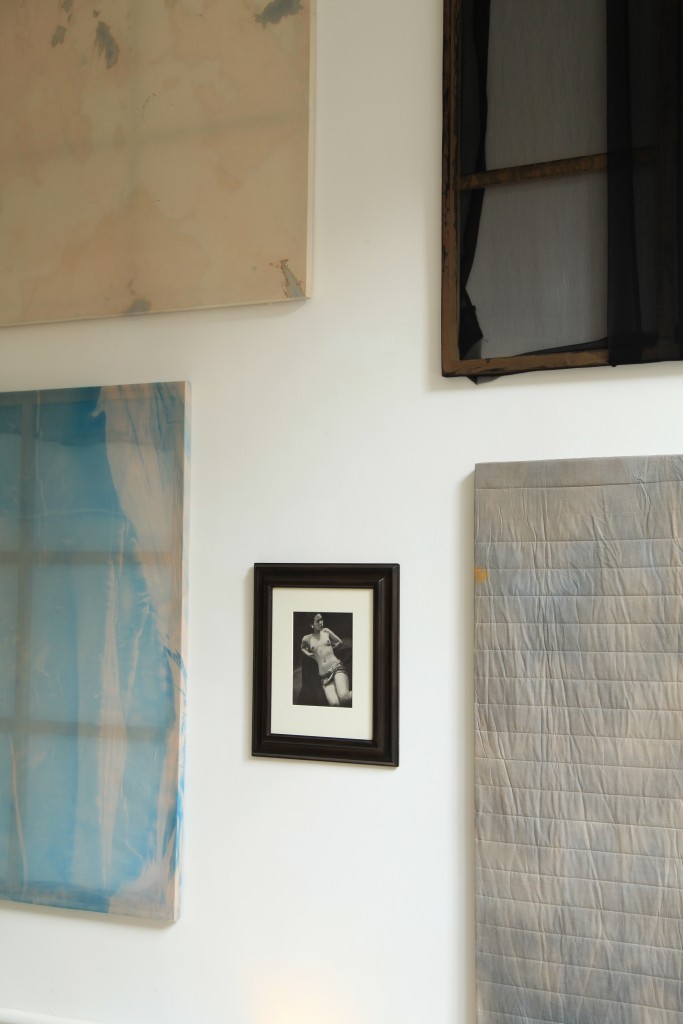
Vue de l'exposition Propos d'Europe 13, Le musée d'une nuit (script for leaving traces) Fondation Hippocrène, du 3 octobre au 20 décembre 2014. Photo : Aurélie Cenno.
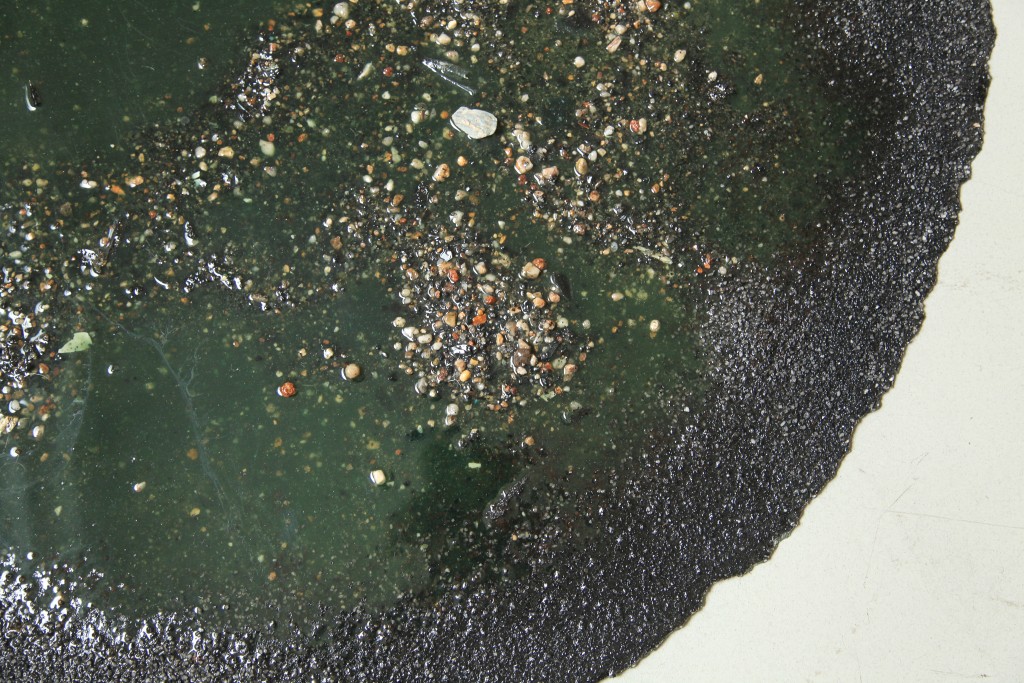
Marlie Mul, Puddle (Daub) (détail), 2013. Photo : Aurélie Cenno.
Propos d’Europe 13 : Le musée d’une nuit (script for leaving traces)
This year, for the 13th edition of Propos d’Europe and as part of its new cycle of partnerships with European foundations launched in 2013, the Hippocrene Foundation invited DRAF (David Roberts Art Foundation) from London. From 3 October to 20 December, it thus hosted an exhibition designed by the curator Vincent Honoré, DRAF Director.
Entitled Le musée d’une nuit (script for leaving traces), it brought together around thirty works selected from the 2000 pieces in the David Roberts Collection (shown for the first time outside the UK) as well as special commissions. The exhibition featured paintings, drawings, photographs, sculptures, installations and original editions by modern artists such as Man Ray and Tamara de Lempicka and by contemporary artists such as Jakuta Alikavazovic, Yto Barrada, Nina Beier & Marie Lund, Martin Boyce, Enrico David, Michael Dean, Ayan Farah, Lito S. Freeman, Bethan Huws, Pierre Huyghe, Sergej Jensen, Renaud Jerez, Sarah Lucas, Benoît Maire, Marlie Mul and Rosemarie Trockel. It was held in the former architecture agency, now the Foundation’s headquarters, built in 1927 by Robert Mallet-Stevens.
Propos d’Europe 13: Le musée d’une nuit (script for leaving traces) is an exhibition on the experience of loss. Notions of trace, conservation and ruin sustain a fiction in which artworks from the 1930s to the present play on a certain formal fragility, orchestrating an exhibition that reveals itself to its own remnant, staged within a space that itself exists as an echo of what it once was.
View the catalog
|
|


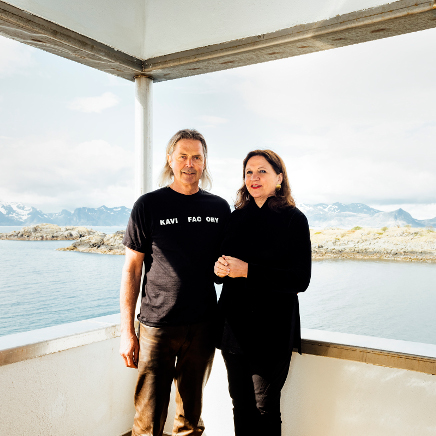
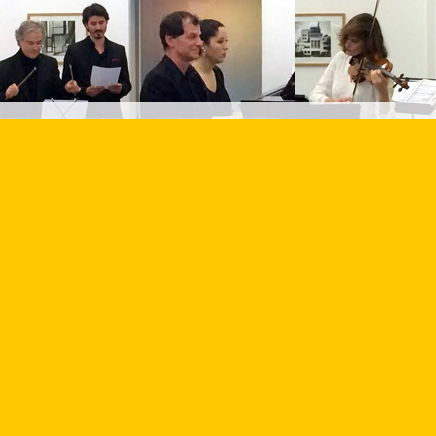




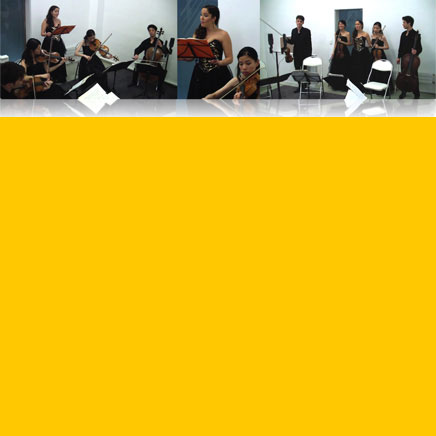
![Son d’Europe [et d’ailleurs…]](http://fondationhippocrene.eu/app/uploads/2016/01/concert_2013_mini.jpg)
